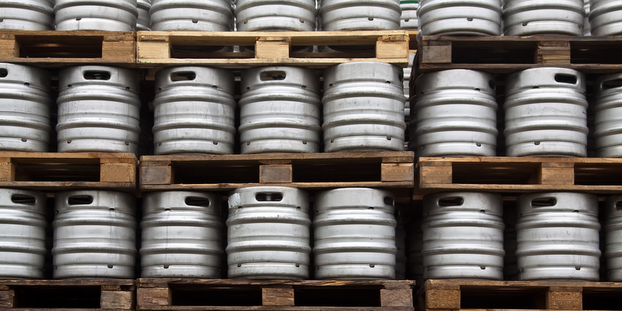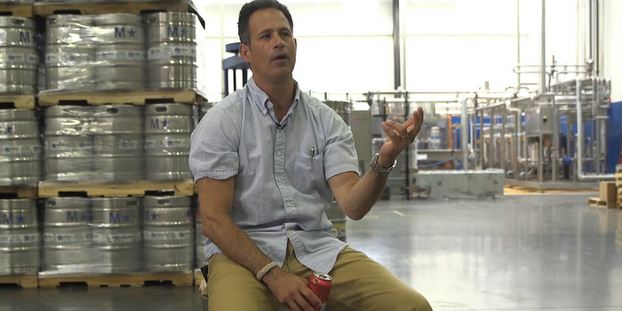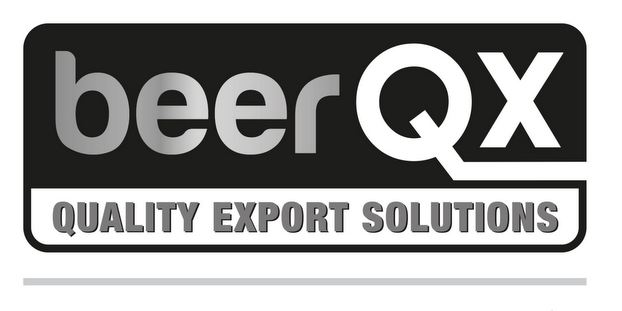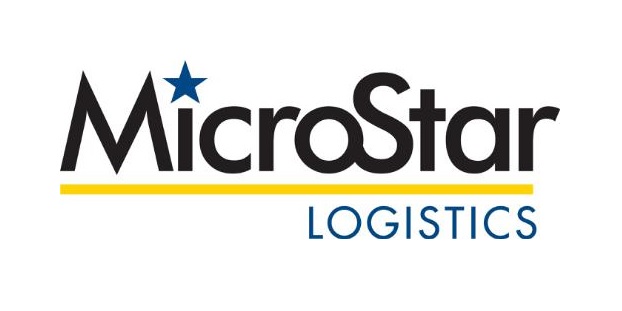
Kegs, as a packaging solution in the beverage industry, are projected to enter a promising future. As the consumption of beer and other alcoholic beverages elevates, the global demand for kegs is projected to increase, rather steadily, in the coming years, according to a recent market analysis by Future Market Insights.
The global kegs market, which was valued at $753 million in 2017, is estimated to expand at a CAGR of 4.2 percent during the forecast period 2018-2028, reaching the value equating U.S. $1.167 billion by 2028. In 2017, the alcoholic beverage industry accounted for more than 60 percent of the global kegs market. Here are the stand out themes behind the forecast.
1. This is what customers want.
Recent beer drinking trends, like the rise of on-premise sales and the consumer’s growing interest in “freshness” as an attribute in beer buying decisions, are reflected in the forecast. The global consumption of steel kegs, in terms of units, for storage and shipment of beer is projected to remain at an all-time high through 2028, considering it to be the most appropriate, cost-effective and reliable for fermented beverages, also ensuring preservation of original taste and organoleptic characteristics.
2. Sustainability is a huge factor.
The keg allows for more cost and carbon-footprint reduction than any other packaging solution. The prime example of this is how the popularity of kegs has pushed manufacturers to provide keg on lease, increasing re-use of kegs, thereby its adoption. At the same time, keg leasing services, like those available through Microstar, free up small brewers from having to manage issues dealing with ownership, fleet logistics and maintenance — while also reducing the full carbon footprint of the transaction.
But there is more in the growing one-way keg market. Plastic kegs are recyclable and eliminate return logistics. Economical and an efficient alternative, single-use kegs are likely to witness immense adoption, compared to the traditional steel kegs. Moreover, growing consumer interest in craft ales is pushing the microbrew market, in turn, fueling the global kegs market.
Legislative regulations supporting reduced weight limits, apropos of packaging, will also spur kegs adoption.
3. Pricing could be an issue.
Thorough analysis of competition in the global kegs market shows fairly highly market consolidated, dominated by few kegs providers. Currently, companies are competing through offering innovative product portfolio for different end-use industries. Market consolidation leaves few choices for consumers, forcing them to buy kegs at comparatively high costs. However, in the coming years, the world could witness the emergence of eco-kegs, reducing overall supply of conventional kegs.
The introduction of new technology for better palatability of kegs is also projected to drive the global kegs market. Rubber Steel Kegs are also introduced in the market for ergonomic handling of alcohol beverages. The growth in kegs market is mainly contributed by countries in North America — the region witnessing a lucrative rise in market share by 2028. But despite the lucrative growth, the North American kegs market is projected to suffer some setbacks in the coming years, owing to rise in steel prices.




Leave a Reply
You must be logged in to post a comment.